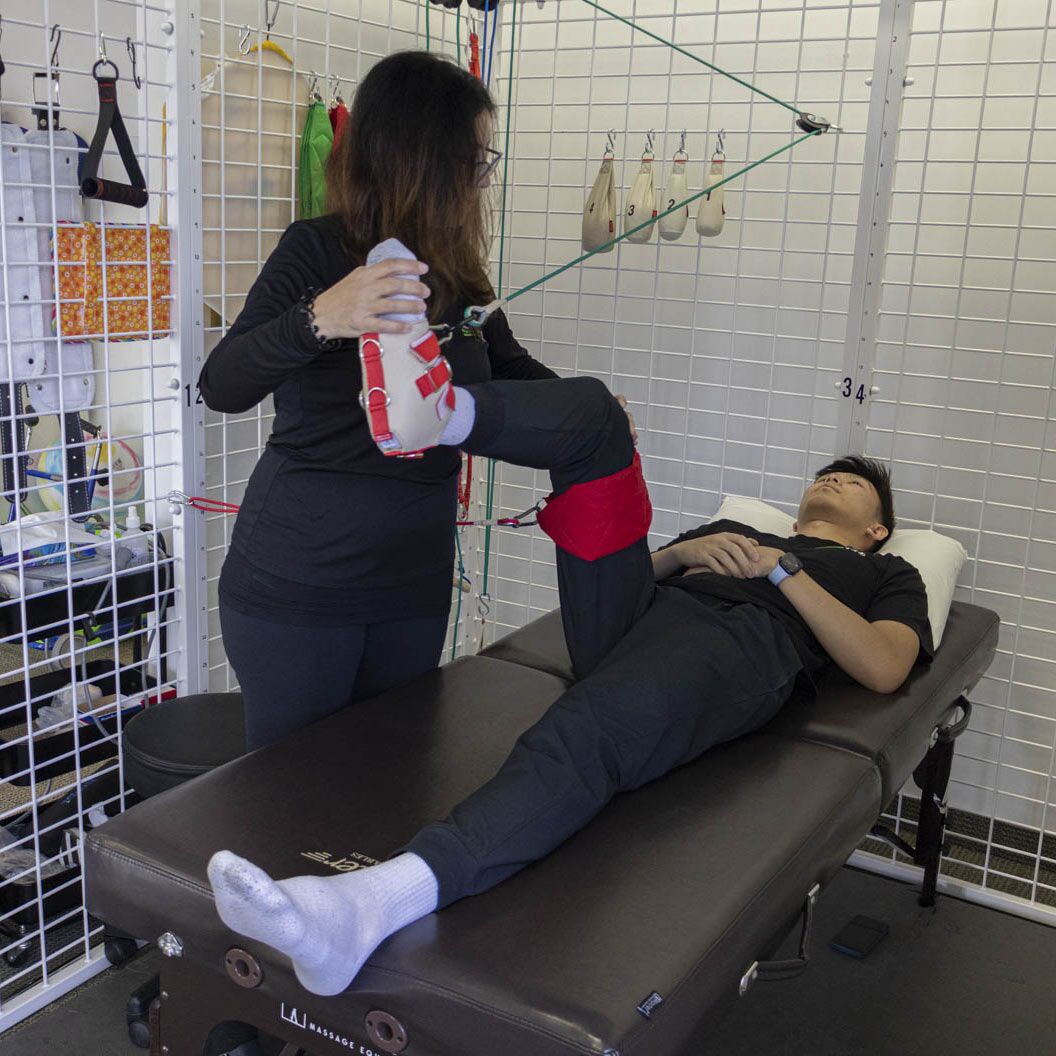Effective Approaches for Alleviating Breathlessness in Physical Rehabilitation Sessions
Effective Approaches for Alleviating Breathlessness in Physical Rehabilitation Sessions
Blog Article
Dyspnea, or difficulty respiration, is a frequent issue that many people face, especially those with long-term lung diseases, heart issues, or other health conditions. In physical therapy sessions, addressing breathing difficulties is crucial for helping clients enhance their overall quality of life. By utilizing specific techniques and strategies, physical therapists can assist patients in managing their breathing difficulties. Understanding these effective approaches can empower both therapists and patients to work together more effectively in addressing obstacles related to breathing difficulties.
One of the main techniques used to alleviate dyspnea in physical therapy is the application of regulated breathing activities. These exercises often focus on diaphragmatic breathing, which promotes patients to use their breathing muscle rather than their upper thoracic muscles when inhaling. This method helps to maximize lung capacity and efficiency. Additionally, pursed-lip breathing is another approach that can be beneficial. This method requires inhaling through the nose and exhaling slowly through pursed lips, which can help to keep airways clear longer and render breathing feel easier. By including these activities into therapy appointments, physical therapists can provide patients with strategies to manage their dyspnea both during and outside of their appointments.
Another crucial aspect of controlling dyspnea in physical therapy is the development of an personalized exercise regimen. Customizing exercises to meet the individual needs and capabilities of each patient is crucial. Therapists should slowly integrate aerobic exercises, such as ambulating or biking, in a controlled manner, allowing patients to develop their endurance over time. This progressive approach helps patients to feel more comfortable with fitness activity while at the same time improving their lung function and overall endurance. It is important for therapists to monitor patients carefully during these exercises to ensure they are not overworking themselves, which could result to increased shortness of breath.
Teaching also link plays a significant role in alleviating breathing difficulties during physical therapy appointments. Providing patients with information about their ailment and the factors behind dyspnea can enable them to take charge of their health. Therapists can describe how factors like anxiety, posture, and surrounding conditions can influence breathing. By understanding these concepts, patients can discover to control their symptoms more effectively. Techniques such as anxiety reduction methods and proper body mechanics can further assist in minimizing the impact of dyspnea during daily activities and therapy sessions.
In summary, effectively alleviating dyspnea in physical therapy sessions involves a combination of breathing exercises, personalized exercise regimens, and patient teaching. By implementing these effective methods, physical therapists can help patients manage their respiratory difficulties and improve their overall health. Working together between therapists and patients is essential to create customized interventions that meet individual needs. With the right support and methods, patients can find comfort from dyspnea and participate more fully in their physical therapy journey, eventually leading to a better standard of life.